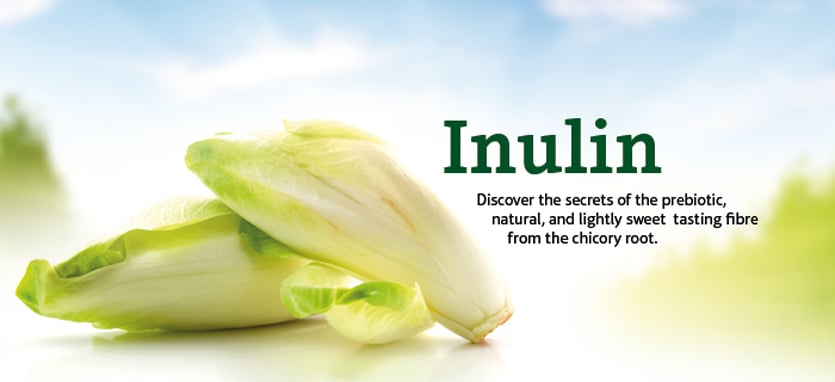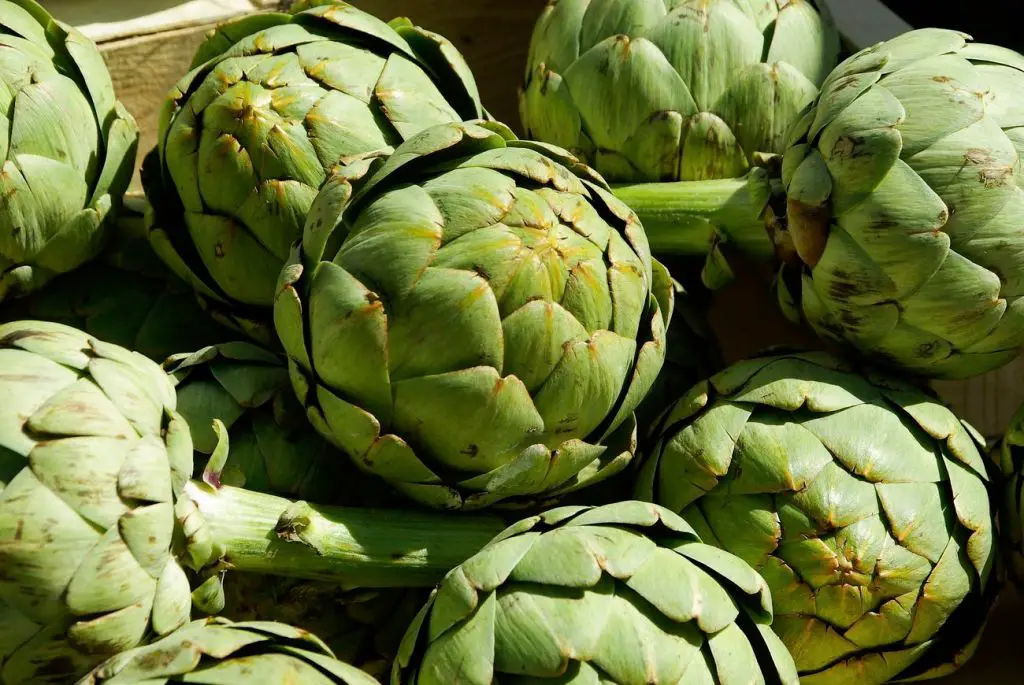The gut microflora is a diverse community of microorganisms that live in the gastrointestinal tract. It is composed of a variety of bacteria, viruses, fungi, and other microorganisms. The most prevalent and well-studied bacteria in the gut microflora are from the phyla Firmicutes and Bacteroidetes.
Examples of bacteria in the gut microflora include:
- Bifidobacterium: a genus of bacteria that is commonly found in the human gut and is thought to have a number of health benefits, including improved digestion, a stronger immune system, and a reduced risk of certain diseases.
- Lactobacillus: a genus of bacteria that is commonly found in fermented foods such as yogurt and kefir, and is also used as a probiotic supplement.
- Escherichia coli (E. coli): a type of bacteria that is commonly found in the human gut and is important for maintaining a healthy gut microflora. Some strains of E. coli are beneficial, while others can cause infections.
- Clostridium: a genus of bacteria that is commonly found in the human gut, and is important for the digestion of carbohydrates.
- Bacteroides: a genus of bacteria that is commonly found in the human gut, and is important for breaking down complex carbohydrates and proteins.
It’s important to note that the gut microflora is a complex ecosystem and the number and type of bacteria present can vary greatly depending on factors such as diet, age, genetics, and overall health.

Probiotics are microorganisms that are believed to provide health benefits when consumed. The concept of using live microorganisms to promote health dates back to the early 20th century, when the Russian scientist Elie Metchnikoff observed that certain rural populations had longer lifespans and less incidence of disease than urban populations. He attributed this to their consumption of fermented dairy products, which he believed contained beneficial microorganisms. In the decades that followed, researchers began to isolate and study specific strains of microorganisms that they believed to have health benefits, leading to the development of probiotic supplements and products. Today, probiotics are available in a wide variety of forms, including capsules, tablets, powders, and fermented foods.
Prebiotics are non-digestible carbohydrates that promote the growth of beneficial microorganisms in the gut. They act as food for probiotics, helping to increase their numbers and improve their function.
Examples of prebiotics include:
- Inulin: a type of fructan found in many fruits and vegetables, including onions, garlic, leeks, and asparagus.
- Oligosaccharides: a group of carbohydrates that includes fructooligosaccharides (FOS) and galactooligosaccharides (GOS). These can be found in a variety of foods, such as chicory root, Jerusalem artichokes, and soybeans.
- Resistant starches: a type of starch that is not broken down and absorbed in the small intestine, but instead reaches the large intestine where it can be fermented by gut bacteria. Examples include potatoes, green bananas, and legumes.
- Lactose: a sugar found in milk and dairy products, which is fermented by gut bacteria.
Prebiotics are often added to food products such as yogurt, cereal, and energy bars, as well as supplements. They can also be found naturally in many fruits, vegetables and whole grains.

Prebiotics are important for probiotic bacteria and the gut microflora because they provide a source of energy and nutrients that the beneficial microorganisms can use to grow and thrive. When prebiotics reach the large intestine, they are fermented by the gut bacteria, which produces short chain fatty acids (SCFAs), such as acetate, propionate and butyrate that are essential for gut health.
Prebiotics also help to promote a diverse and balanced gut microflora, which is important for maintaining gut health. A diverse gut microflora is associated with a healthy immune system, better nutrient absorption, and a reduced risk of chronic diseases such as obesity, type 2 diabetes, and inflammatory bowel disease.
Additionally, prebiotics can improve the function of probiotics by helping to protect them from being broken down by stomach acid and bile, and also by providing an environment that supports their growth and survival.
In summary, prebiotics play a crucial role in maintaining a healthy gut by providing a food source for beneficial gut bacteria, promoting diversity and balance of gut microflora, and protecting probiotic bacteria from degradation.
The recommended daily intake of prebiotics varies depending on the specific type of prebiotic and the individual’s health status. However, a general guideline is to consume between 5-10 grams of prebiotics per day.
It is also important to note that it is not necessary to consume prebiotics in the form of supplements, as they can be found naturally in many fruits, vegetables and whole grains. Examples of prebiotic-rich foods include:
- Jerusalem artichokes
- Dandelion greens
- Garlic
- Onions
- Leeks
- Asparagus
- Bananas (ripe)
- Whole wheat
- Barley
- Oats
- Apples
- Berries
It is also important to note that it is best to consume a variety of prebiotic-rich foods to ensure that you are getting a diverse range of prebiotics to promote a diverse and balanced gut microflora.
It is also worth noting that consuming too much prebiotics can cause digestive discomfort such as bloating, gas, and diarrhea. It’s best to start with small amounts and gradually increase the intake to see how your body reacts. Additionally, if you have any specific health conditions, it’s best to consult with a health professional before increasing your prebiotic intake.


